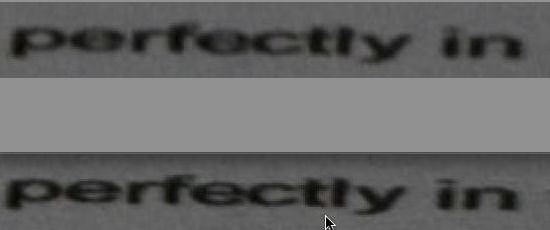The answer is, quite often, yes. For studio work and landscapes, yes. For action shots of people or animals, the delay can cause problems, so mirror lock-up should not be enabled.
Mirror lock-up is a setting on (D)SLR cameras that causes the mirror, which is used to bounce the image up to the viewfinder, to be flipped out of the way (as it is every time a picture is taken) and then held for a short period of time for the shake induced by that movement to settle before the photo is taken.
These 2X crops of a test chart clearly reveal the difference when mirror lock-up is not enabled.

Part of me feels bad for not testing mirror lock-up previously, but part of me realizes that it’s only now having a noticeable effect as digital image sizes continue to grow. There’s just a lot more pixels to view, and therefore to reveal resolution and shake, with modern 20M-pixel+ cameras.
The image above was taken with a Canon 7D and 100-400mm zoom, mounted on a tripod and shot with a remote. The camera had just been returned from Canon after being serviced for a front-focus problem, and so far I’m quite pleased with the results.
